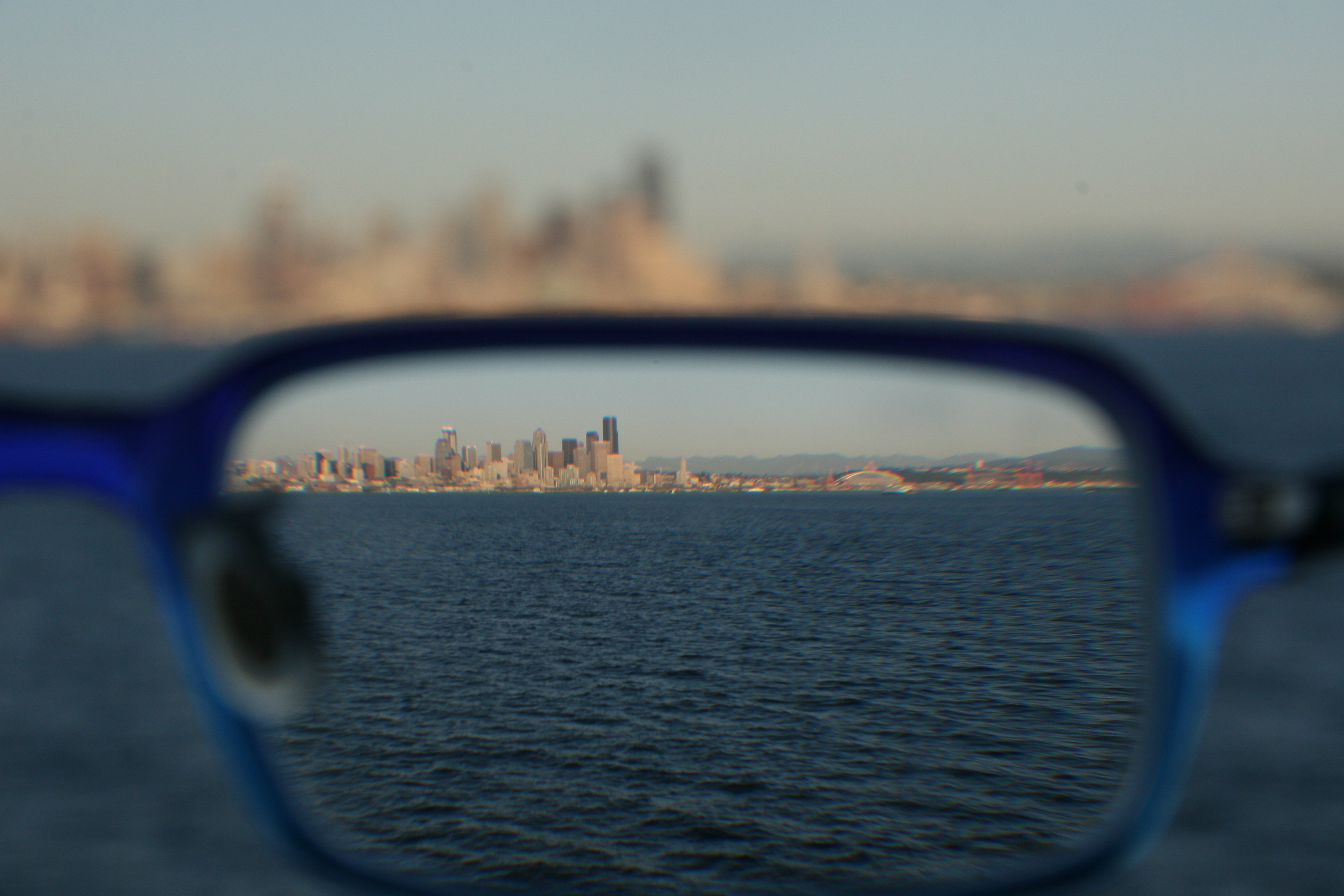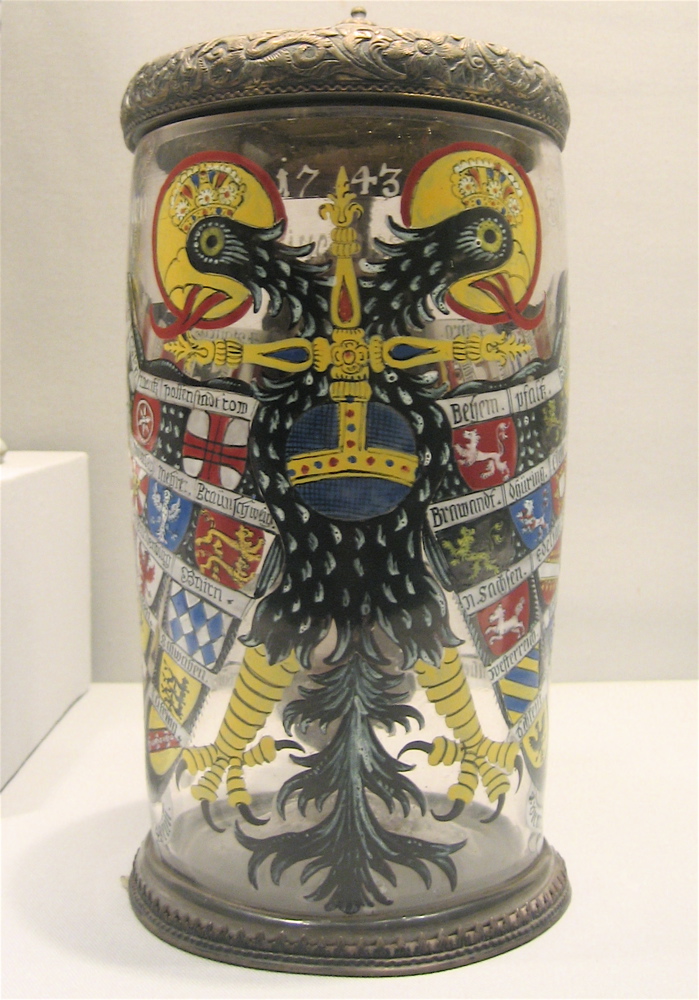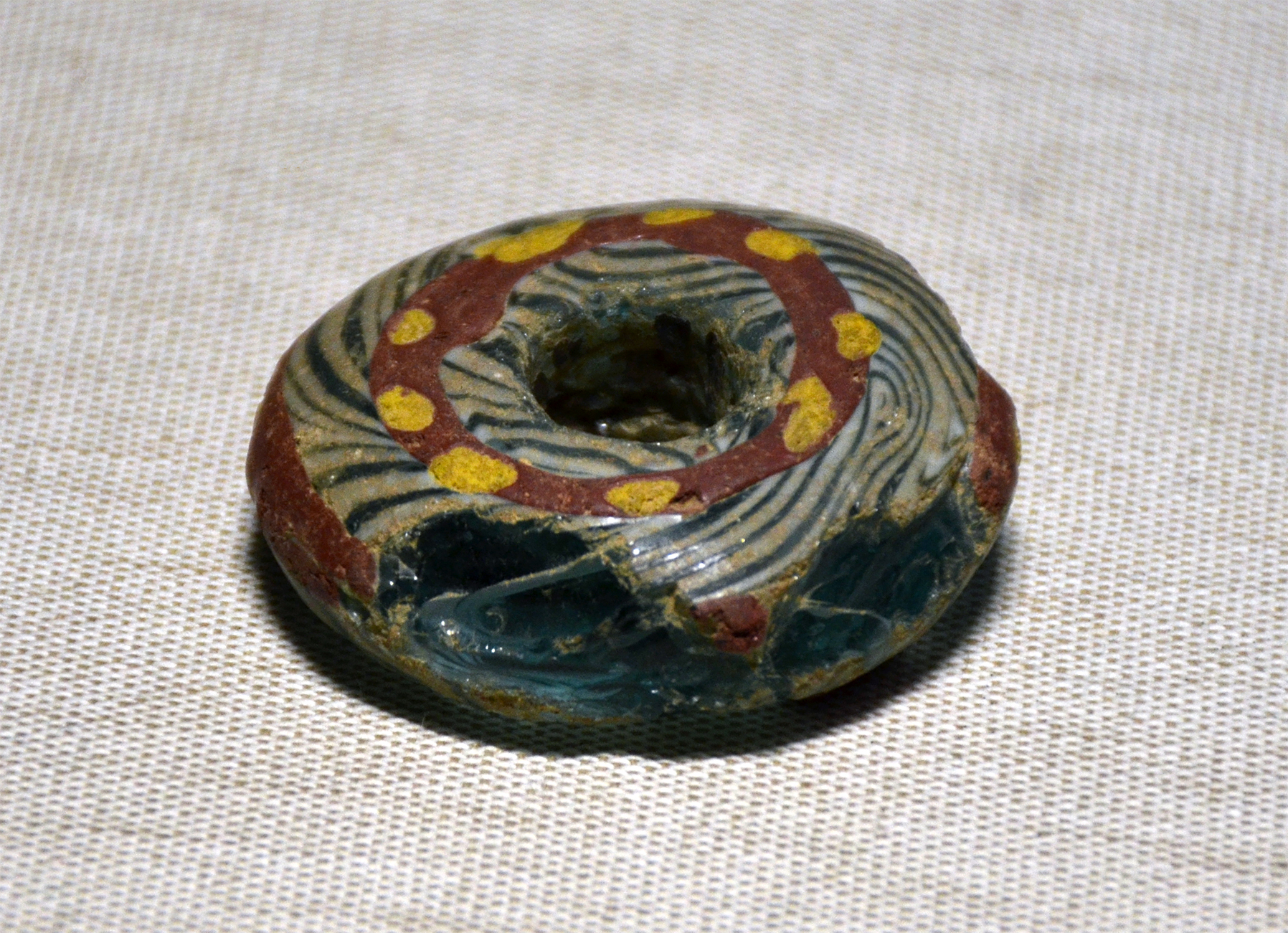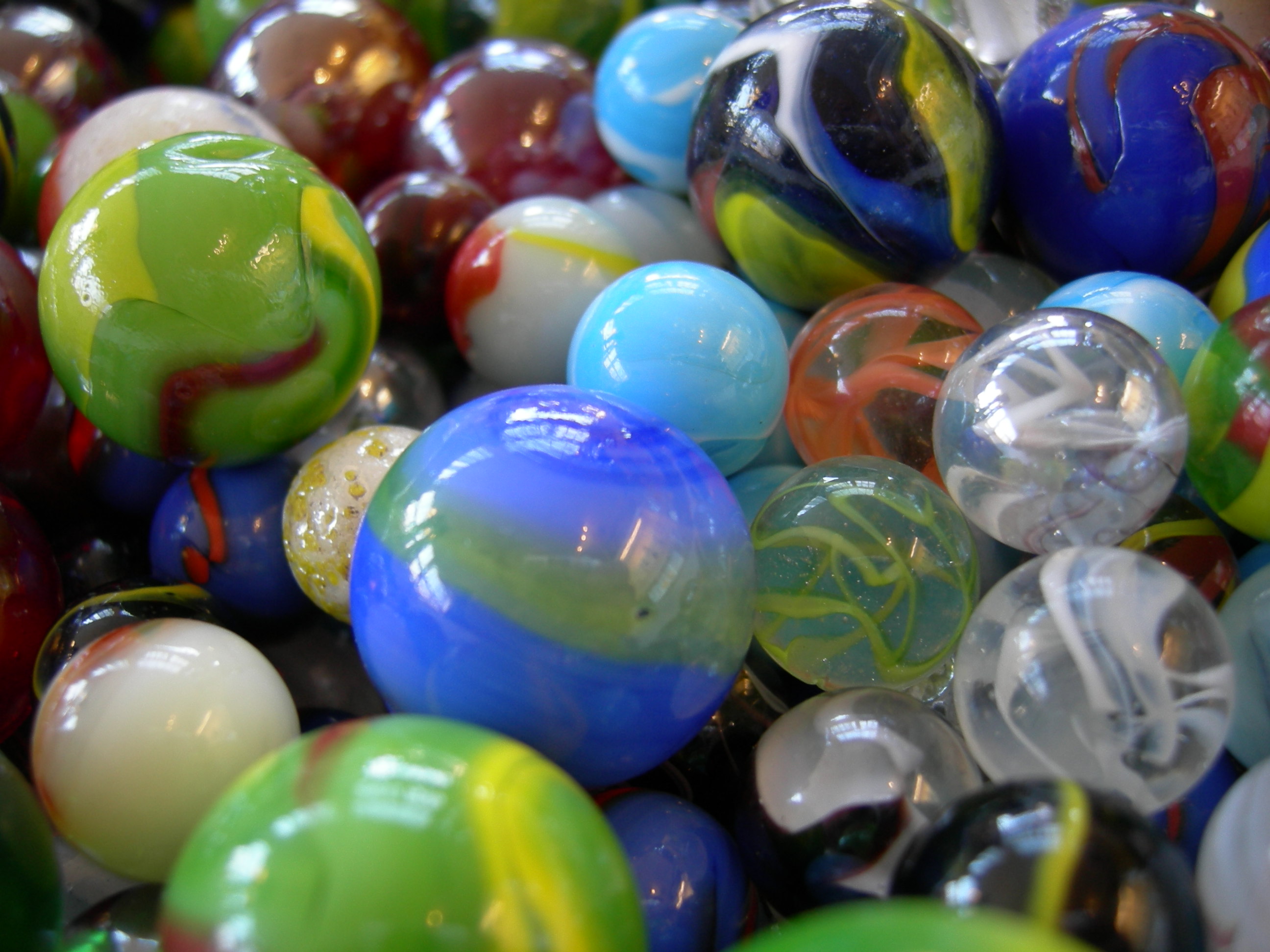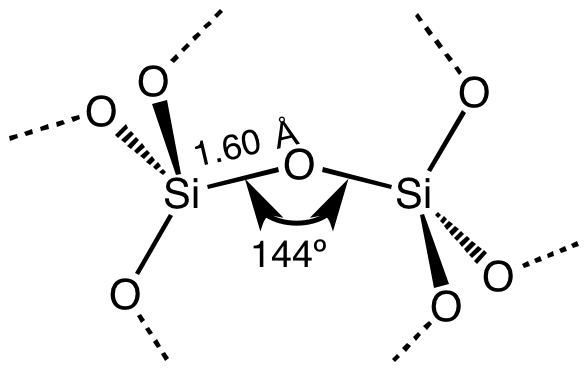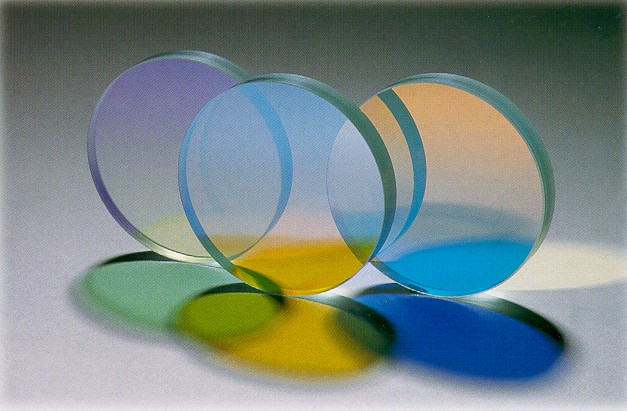|
Glass
Glass is a non-Crystallinity, crystalline, often transparency and translucency, transparent, amorphous solid that has widespread practical, technological, and decorative use in, for example, window panes, tableware, and optics. Glass is most often formed by rapid cooling (quenching) of the Melting, molten form; some glasses such as volcanic glass are naturally occurring. The most familiar, and historically the oldest, types of manufactured glass are "silicate glasses" based on the chemical compound silicon dioxide, silica (silicon dioxide, or quartz), the primary constituent of sand. Soda–lime glass, containing around 70% silica, accounts for around 90% of manufactured glass. The term ''glass'', in popular usage, is often used to refer only to this type of material, although silica-free glasses often have desirable properties for applications in modern communications technology. Some objects, such as drinking glasses and glasses, eyeglasses, are so commonly made of silicate- ... [...More Info...] [...Related Items...] OR: [Wikipedia] [Google] [Baidu] |
Glasses
Glasses, also known as eyeglasses or spectacles, are vision eyewear, with lenses (clear or tinted) mounted in a frame that holds them in front of a person's eyes, typically utilizing a bridge over the nose and hinged arms (known as temples or temple pieces) that rest over the ears. Glasses are typically used for vision correction, such as with reading glasses and glasses used for nearsightedness; however, without the specialized lenses, they are sometimes used for cosmetic purposes. Safety glasses provide eye protection against flying debris for construction workers or lab technicians; these glasses may have protection for the sides of the eyes as well as in the lenses. Some types of safety glasses are used to protect against visible and near-visible light or radiation. Glasses are worn for eye protection in some sports, such as squash. Glasses wearers may use a strap to prevent the glasses from falling off. Wearers of glasses that are used only part of the time may have ... [...More Info...] [...Related Items...] OR: [Wikipedia] [Google] [Baidu] |
Enamelled Glass
Enamelled glass or painted glass is glass which has been decorated with vitreous enamel (powdered glass, usually mixed with a binder) and then fired to fuse the glasses. It can produce brilliant and long-lasting colours, and be translucent or opaque. Unlike most methods of decorating glass, it allows painting using several colours, and along with glass engraving, has historically been the main technique used to create the full range of image types on glass. All proper uses of the term "enamel" refer to glass made into some flexible form, put into place on an object in another material, and then melted by heat to fuse them with the object. It is called vitreous enamel or just "enamel" when used on metal surfaces, and "enamelled" overglaze decoration when on pottery, especially on porcelain. Here the supporting surface is glass. All three versions of the technique have been used to make brush-painted images, which on glass and pottery are the normal use of the technique. ... [...More Info...] [...Related Items...] OR: [Wikipedia] [Google] [Baidu] |
Window
A window is an opening in a wall, door, roof, or vehicle that allows the exchange of light and may also allow the passage of sound and sometimes air. Modern windows are usually glazed or covered in some other transparent or translucent material, a sash set in a frame in the opening; the sash and frame are also referred to as a window. Many glazed windows may be opened, to allow ventilation, or closed, to exclude inclement weather. Windows may have a latch or similar mechanism to lock the window shut or to hold it open by various amounts. In addition to this, many modern day windows may have a window screen or mesh, often made of aluminum or fibreglass, to keep bugs out when the window is opened. Types include the eyebrow window, fixed windows, hexagonal windows, single-hung, and double-hung sash windows, horizontal sliding sash windows, casement windows, awning windows, hopper windows, tilt, and slide windows (often door-sized), tilt and turn windows, transom windo ... [...More Info...] [...Related Items...] OR: [Wikipedia] [Google] [Baidu] |
Soda–lime Glass
Soda–lime glass, also called soda–lime–silica glass, is the most prevalent type of glass, used for windowpanes and glass containers (bottles and jars) for beverages, food, and some commodity items. Some glass bakeware is made of soda-lime glass, as opposed to the more common borosilicate glass. Soda–lime glass accounts for about 90% of manufactured glass. Production The manufacturing process for soda–lime glass consists in melting the raw materials, which are the silica, soda, lime (in the form of (Ca(OH)2), dolomite (CaMg(CO3)2, which provides the magnesium oxide), and aluminium oxide; along with small quantities of fining agents (e.g., sodium sulfate (Na2SO4), sodium chloride (NaCl), etc.) in a glass furnace at temperatures locally up to 1675 °C.B. H. W. S. de Jong, "Glass"; in "Ullmann's Encyclopedia of Industrial Chemistry"; 5th edition, vol. A12, VCH Publishers, Weinheim, Germany, 1989, , pp. 365–432. The temperature is only limited by the quality of t ... [...More Info...] [...Related Items...] OR: [Wikipedia] [Google] [Baidu] |
Beads
A bead is a small, decorative object that is formed in a variety of shapes and sizes of a material such as stone, bone, shell, glass, plastic, wood, or pearl and with a small hole for threading or stringing. Beads range in size from under to over in diameter. Beads represent some of the earliest forms of jewellery, with a pair of beads made from '' Nassarius'' sea snail shells dating to approximately 100,000 years ago thought to be the earliest known example. Beadwork is the art or craft of making things with beads. Beads can be woven together with specialized thread, strung onto thread or soft, flexible wire, or adhered to a surface (e.g. fabric, clay). Types of beads Beads can be divided into several types of overlapping categories based on different criteria such as the materials from which they are made, the process used in their manufacturing, the place or period of origin, the patterns on their surface, or their general shape. In some cases, such as millefiori and ... [...More Info...] [...Related Items...] OR: [Wikipedia] [Google] [Baidu] |
Marble (toy)
A marble is a small spherical object often made from glass, clay, steel, plastic, or agate. They vary in size, and most commonly are about in diameter. These toys can be used for a variety of games called ''marbles'', as well being placed in marble runs or races, or created as a form of art. They are often collected, both for nostalgia and for their aesthetic colors. Sizes may range from less than to over , while some art glass marbles for display purposes are over wide. In the North of England the objects and the game are called "taws", with larger taws being called "bottle washers" after the use of a marble in Codd-neck bottles, which were often collected for play. Games History In the early twentieth century, small balls of stone from about 2500 BCE, identified by archaeologists as marbles, were found by excavation near Mohenjo-daro, in a site associated with the Indus Valley civilization. Marbles are often mentioned in Roman literature, as in Ovid's poem "Nux" (which ... [...More Info...] [...Related Items...] OR: [Wikipedia] [Google] [Baidu] |
Volcanic Glass
Volcanic glass is the amorphous (uncrystallized) product of rapidly cooling magma. Like all types of glass, it is a state of matter intermediate between the closely packed, highly ordered array of a crystal and the highly disordered array of liquid. Volcanic glass may refer to the interstitial material, or matrix, in an aphanitic (fine-grained) volcanic rock, or to any of several types of vitreous igneous rocks. Origin Volcanic glass is formed when magma is rapidly cooled. Magma rapidly cooled to below its normal crystallization temperature becomes a supercooled liquid, and, with further rapid cooling, this becomes an amorphous solid. The change from supercooled liquid to glass occurs at a temperature called the glass transition temperature, which depends on both cooling rate and the amount of water dissolved in the magma. Magma rich in silica and poor in dissolved water is most easily cooled rapidly enough to form volcanic glass. As a result, rhyolite magmas, which are high in s ... [...More Info...] [...Related Items...] OR: [Wikipedia] [Google] [Baidu] |
Lens (optics)
A lens is a transmissive optical device which focuses or disperses a light beam by means of refraction. A simple lens consists of a single piece of transparent material, while a compound lens consists of several simple lenses (''elements''), usually arranged along a common axis. Lenses are made from materials such as glass or plastic, and are ground and polished or molded to a desired shape. A lens can focus light to form an image, unlike a prism, which refracts light without focusing. Devices that similarly focus or disperse waves and radiation other than visible light are also called lenses, such as microwave lenses, electron lenses, acoustic lenses, or explosive lenses. Lenses are used in various imaging devices like telescopes, binoculars and cameras. They are also used as visual aids in glasses to correct defects of vision such as myopia and hypermetropia. History The word '' lens'' comes from '' lēns'', the Latin name of the lentil (a seed of a ... [...More Info...] [...Related Items...] OR: [Wikipedia] [Google] [Baidu] |
Silicon Dioxide
Silicon dioxide, also known as silica, is an oxide of silicon with the chemical formula , most commonly found in nature as quartz and in various living organisms. In many parts of the world, silica is the major constituent of sand. Silica is one of the most complex and most abundant families of materials, existing as a compound of several minerals and as a synthetic product. Notable examples include fused quartz, fumed silica, silica gel, opal and aerogels. It is used in structural materials, microelectronics (as an electrical insulator), and as components in the food and pharmaceutical industries. Structure In the majority of silicates, the silicon atom shows tetrahedral coordination, with four oxygen atoms surrounding a central Si atomsee 3-D Unit Cell. Thus, SiO2 forms 3-dimensional network solids in which each silicon atom is covalently bonded in a tetrahedral manner to 4 oxygen atoms. In contrast, CO2 is a linear molecule. The starkly different structures of the ... [...More Info...] [...Related Items...] OR: [Wikipedia] [Google] [Baidu] |
Transparency And Translucency
In the field of optics, transparency (also called pellucidity or diaphaneity) is the physical property of allowing light to pass through the material without appreciable scattering of light. On a macroscopic scale (one in which the dimensions are much larger than the wavelengths of the photons in question), the photons can be said to follow Snell's law. Translucency (also called translucence or translucidity) allows light to pass through, but does not necessarily (again, on the macroscopic scale) follow Snell's law; the photons can be scattered at either of the two interfaces, or internally, where there is a change in index of refraction. In other words, a translucent material is made up of components with different indices of refraction. A transparent material is made up of components with a uniform index of refraction. Transparent materials appear clear, with the overall appearance of one color, or any combination leading up to a brilliant spectrum of every color. The opposi ... [...More Info...] [...Related Items...] OR: [Wikipedia] [Google] [Baidu] |
Paperweight Collecting
A paperweight is a small solid object heavy enough, when placed on top of papers, to keep them from blowing away in a breeze or from moving under the strokes of a painting brush (as with Chinese calligraphy). While any object, such as a stone, can serve as a paperweight, decorative paperweights of glass are produced, either by individual artisans or factories, usually in limited editions, and are collected as works of fine glass art, some of which are exhibited in museums. First produced in about 1845, particularly in France, such decorative paperweights declined in popularity before undergoing a revival in the mid-twentieth century. Basic features Decorative glass paperweights have a flat or slightly concave base, usually polished but sometimes frosted, cut in one of several variations (e.g. star-cut bases have a multi-pointed star, while a diamond cut base has grooves cut in a criss-cross pattern), although a footed weight has a flange in the base. The ground on which the ... [...More Info...] [...Related Items...] OR: [Wikipedia] [Google] [Baidu] |
Tableware
Tableware is any dish or dishware used for setting a table, serving food, and dining. It includes cutlery, glassware, serving dishes, and other items for practical as well as decorative purposes. The quality, nature, variety and number of objects varies according to culture, religion, number of diners, cuisine and occasion. For example, Middle Eastern, Indian or Polynesian food culture and cuisine sometimes limits tableware to serving dishes, using bread or leaves as individual plates. Special occasions are usually reflected in higher quality tableware. Cutlery is more usually known as ''silverware'' or ''flatware'' in the United States, where ''cutlery'' usually means knives and related cutting instruments; elsewhere cutlery includes all the forks, spoons and other silverware items. Outside the US, ''flatware'' is a term for "open-shaped" dishware items such as plates, dishes and bowls (as opposed to "closed" shapes like jugs and vases). ''Dinnerware'' is another term use ... [...More Info...] [...Related Items...] OR: [Wikipedia] [Google] [Baidu] |

